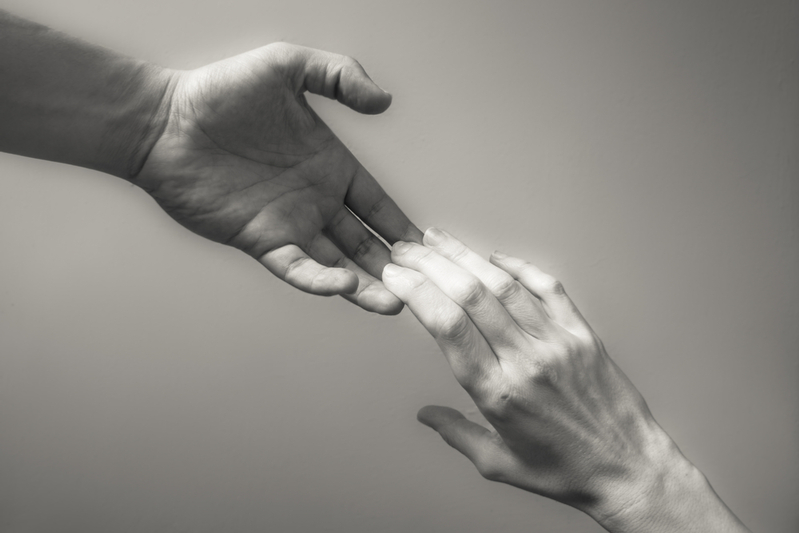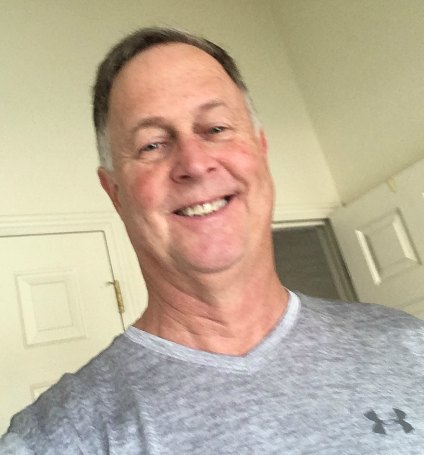
Prescription Painkiller Epidemic
Written by Jeff Rogers, Posted on
The Good News is We Can Knock Out the Prescription Painkiller Epidemic
by Jeff Rogers
“Almost half of all Americans personally know someone who has been addicted to prescription painkillers,”
Dan Mangan, writing for CNBC’s Health and Science, 2016
The Good News in the Fight Against Prescription Painkiller Abuse
Half of the American population? Although that’s bad news, it’s good news too.
It’s bad news, of course, because a lot of people in America are addicted to prescription painkillers. But it’s good news too because as we try to confront this epidemic, it shows us we have much living, breathing, and un-addicted friends and family who we can guide the addicted to get the help they need and rebuild their lives.
“It's sad to watch. It's also heart-wrenching when you're forced to make the tough decisions with addicts who are close to you.”
Mark Sampson, an un-addicted friend of an addicted friend
Sampson goes on to explain, you love them and want to help, but there’s always the fear of letting them into your home and then they steal from you. They are blind to their disease and think nothing of blaming others. Still, there’s got to be something you can do to help turn the tide.
Jeff Rogers, a former school administrator, tells about the mother of one of his students who was a world-class hurdler in college when she tore up her knee in a race and was prescribed an opioid painkiller. She got addicted bad, he said. If you saw her now, you’d never guess that her body was once one of the fastest on the planet.
“…you’d never guess that her body was once one of the fastest on the planet.”
Jeff Rogers, another un-addicted friend of an addicted friend.
Still, said Rogers, in order to help her son, he had to help his student’s mom. He had to find a way…anyway.
The Good News: Recovery is Attainable, Accessible and Available
If what Dan Mangan reported for CNBC’s Health and Science in 2016, that nearly half of all Americans know someone who is or has been addicted to prescription painkillers, if you do the math, we have approximately 163,645,984 million U.S. citizens who can get the word out to the addicted that recovery is attainable, the resources needed are accessible, and the support to re-build lives is available.
“Now those are numbers that say we have a real chance…”
C.S. Rogers, former professional practitioner in the field of addiction recovery
Now those are numbers that say we have a real chance to turn this ongoing tragedy around, says former professional practitioner in the field of addiction recovery, C.S. Rogers. The odds are in our favor. We have a fighting chance to knock this powerful foe clean out of the ring.
Further, so many of the articles you read about regarding this national tragedy focus on asserting there is indeed a problem, detailing just how bad things are, and prophesying the hell that awaits the country down the road. The numbers that most see the light of day are those that paint the doom that just seems to get darker and darker by the day.
“On average, 115 Americans die every day from an opioid overdose.”
Center for Disease Control and Prevention (CDC)
According to the Center for Disease Control and Prevention (CDC): Approximately 63,600 persons died from overdose deaths in 2016, and roughly 66% of those involved an opioid, which was 5 times higher than in 1999 (total includes both prescription and illegal opioids).1
The numbers that don’t grab the headlines so much are those that show that help is on the way, that progress is being made, and that the monster eating the young of the current generation can and will be stopped…if we all keep pulling together and give this thing the ugly wallop is deserves. These numbers give us something positive to focus on.
“Preventable opioid overdose deaths increased 29% in 2016, and 544% since 1999.”
National Safety Council (NSC)
